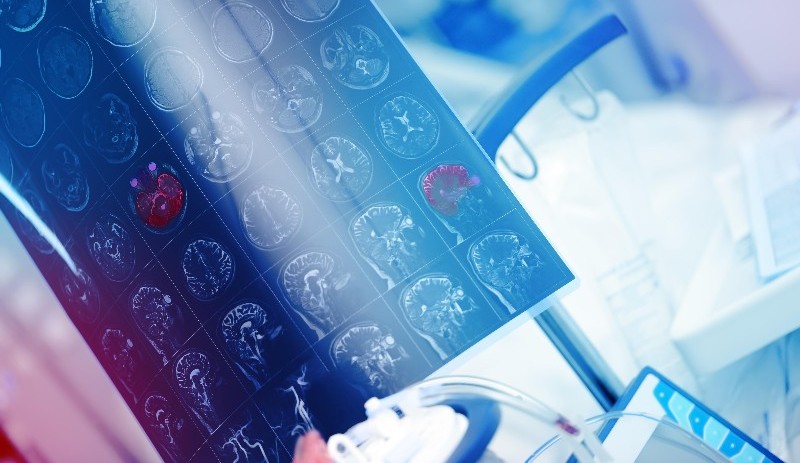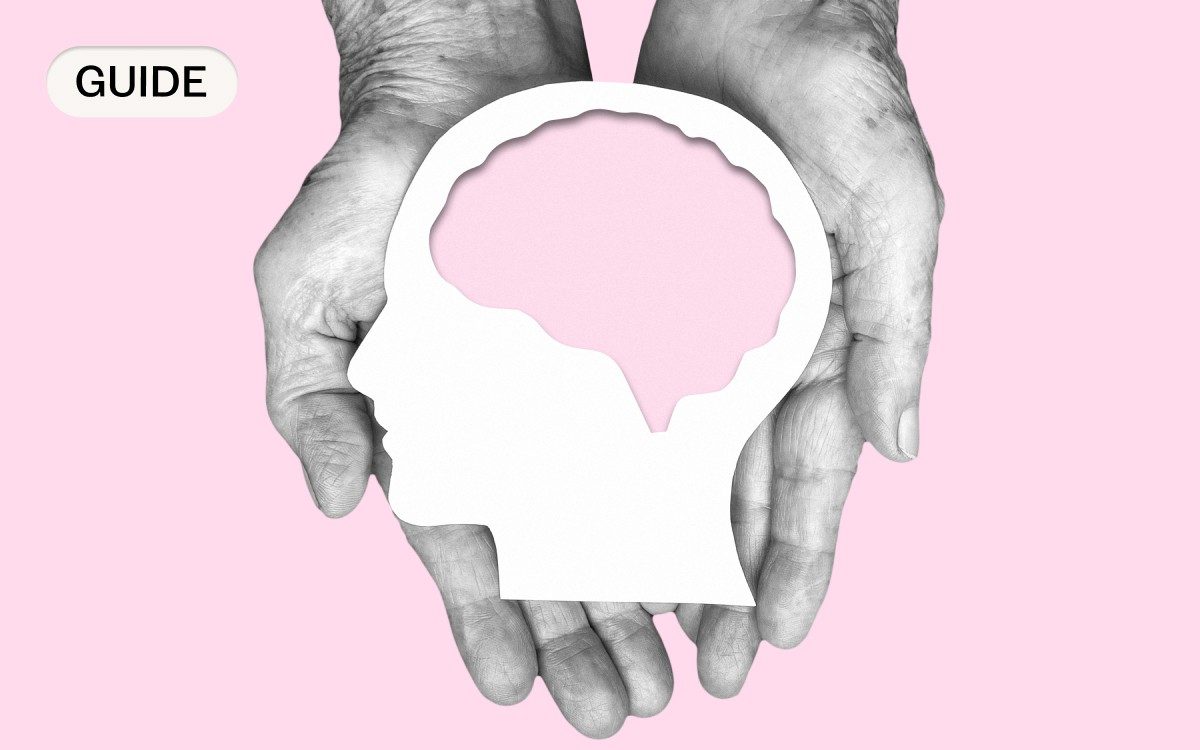
AMERICAN ACADEMY OF NEUROLOGY, APRIL 13-18
The annual meeting of the American Academy of Neurology was held this year from April 13 to 18 in Denver, drawing participants from around the world, including clinicians, academicians, allied health professionals, and others interested in neurology. The conference highlighted recent advances in neurological disorders, with presentations focusing on the diagnosis, management, and treatment of disorders impacting the brain and nervous system.
In one study, Elan Louis, M.D., of the University of Texas Southwestern Medical Center in Dallas, and colleagues found that essential tremor may serve as a risk factor for other neurodegenerative diseases, including dementias.
A total of 222 individuals with essential tremor were evaluated over a five-year period, every 1.5 years, to determine their cognitive skills. At the beginning of the study, the authors found that 168 individuals had normal cognitive skills, 35 had mild cognitive impairment, and 19 had dementia. During the study period, 59 individuals developed mild cognitive impairment and 41 developed dementia. The researchers found that the risk of developing dementia was as much as three times higher among individuals with essential tremor compared to the general population.
"A growing body of evidence from case-control studies to prospective, longitudinal studies has convincingly established that essential tremor, a neurodegenerative disease itself, is a risk factor for other neurodegenerative diseases, including dementias," Louis said. "This work sets the stage for additional studies that examine the mechanistic basis for the association between essential tremor and dementia."
In another study, Chanaka Kahathuduwa, M.D., Ph.D., of the Texas Tech University Health Sciences Center in Lubbock, and colleagues found that patients with poor social determinants of health are less likely to receive thrombolytic therapy upon presentation to the emergency department with acute ischemic stroke.
Using the Texas Emergency Department Public Use Data Files from 2016 to 2019, the authors evaluated whether there is an association between social determinants of health and receiving thrombolytic therapy following presentation with an acute ischemic stroke. The researchers found that older age, Black race, Hispanic ethnicity, having government-sponsored insurance or no insurance (compared with having private insurance), and living in a rural setting were all associated with a lower likelihood of receiving thrombolytic therapy.
"We emphasize the need to conduct large-scale national and international studies to examine the causative factors, mediators, and moderators of this association," Kahathuduwa said. "Until we come up with these specific answers, at least we can be more cognizant, especially when making that decision in the emergency room, to make sure those who medically deserve the clot buster receive the clot buster."
Dominique Low, M.D., of Boston Medical Center, and colleagues found that individuals with sleep apnea have a higher risk for memory issues or cognitive decline.
In a study of a nationally representative sample of U.S. adults, the authors evaluated sleep quality as well as memory and thinking problems among 4,257 individuals. A total of 1,079 reported symptoms of sleep apnea, 33 percent of whom reported memory or thinking problems. The researchers found that participants who reported sleep apnea symptoms had a significantly higher odds of also reporting memory or cognitive symptoms.
"In patients presenting with cognitive symptoms, clinicians may consider including an evaluation of sleep as part of the work-up for those cognitive symptoms," Low said. "Sleep is an important component of brain health."
Simona Nikolova, Ph.D., of the Mayo Clinic in Phoenix, and colleagues found that individuals with headaches after experiencing a concussion may also be more likely to have higher levels of iron in certain areas of the brain.
The authors assessed iron levels in various areas of the brain (as measured by brain scans) among 60 individuals with posttraumatic headache due to mild traumatic brain injury or concussion and compared them to 60 matched healthy controls. The researchers found that individuals with posttraumatic headache due to mild traumatic brain injury had higher iron accumulation in several areas of the brain, including the occipital, cerebellar, and temporal regions. In addition, headache frequency, number of lifetime mild traumatic brain injuries, and Sport Concussion Assessment Tool symptom severity scores correlated with iron accumulation.
"These results suggest that increased headache burden and number of injuries are associated with accumulative iron load," Nikolova said. "Biomarkers such as iron accumulation can be essential to aid the progression steps from mild to acute to persistent posttraumatic headache and can be used to design treatment strategies to prevent this progression. These findings could potentially help to identify participants with poor outcomes and target intervention therapy accordingly."
AAN: Half of Premenopausal Women Have Menstrual Migraines
FRIDAY, April 19, 2024 (HealthDay News) – More than half of premenopausal women report menstrual migraine, according to a study presented at the annual meeting of the American Academy of Neurology, held from April 13 to 18 in Denver.
AAN: Monoclonal Antibodies for MS During Breastfeeding Not Harmful
TUESDAY, March 12, 2024 (HealthDay News) -- For mothers with multiple sclerosis or neuromyelitis optica spectrum disease, receipt of monoclonal antibodies during breastfeeding is not associated with infant hospitalization, systemic antibiotic use, developmental delay, or weight at follow-up, according to a study scheduled for presentation at the annual meeting of the American Academy of Neurology, to be held from April 13 to 18 in Denver.
AAN: Three Pesticides Linked to Risk for Parkinson Disease
MONDAY, March 11, 2024 (HealthDay News) -- Three pesticides (lindane, simazine, and atrazine) are associated with Parkinson disease in the Rocky Mountains/Great Plains region of the United States, according to a study scheduled for presentation at the annual meeting of the American Academy of Neurology, to be held from April 13 to 18 in Denver.
AAN: Dementia More Common With Essential Tremor Than in the General Population
FRIDAY, March 8, 2024 (HealthDay News) -- Dementia rates are substantially higher among people with essential tremor than the general population, according to a study scheduled for presentation at the annual meeting of the American Academy of Neurology, to be held from April 13 to 18 in Denver.
2024-04-24T00:03:27Z dg43tfdfdgfd











